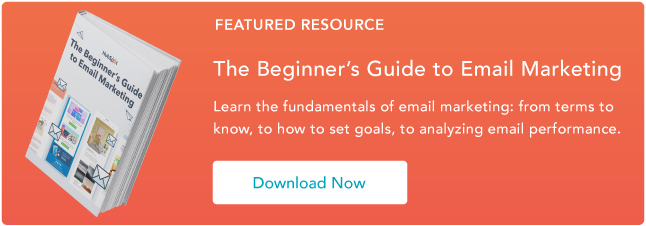Social media is everywhere. For many people, social media is used daily for entertainment, socialization, and even news consumption — myself included.
Additionally, over the last two decades, it has become one of the primary marketing channels.
With over 53% of the world’s population on social media, it’s critical that your business has an effective social media strategy that helps you reach your intended audience.
But, whether you’re pitching a social media campaign to your boss or deciding which social media platform your business should put paid advertising behind, it’s vital you use data to support your efforts.
Here, we’ve compiled a list of essential social media stats to ensure you know where to focus your marketing efforts in 2021 to get the highest ROI.
Social Media Marketing Statistics 2021
- As of October 2021, 4.55 billion people are active on social media. (Kepios)
- In a 2021 HubSpot Blog poll of 1,000+ global marketing professionals, 79% of marketers report buying paid advertising on social media. (HubSpot)
- According the same poll, 85% of marketers rank short-form videos as the most effective type of social media content in 2021 (HubSpot)
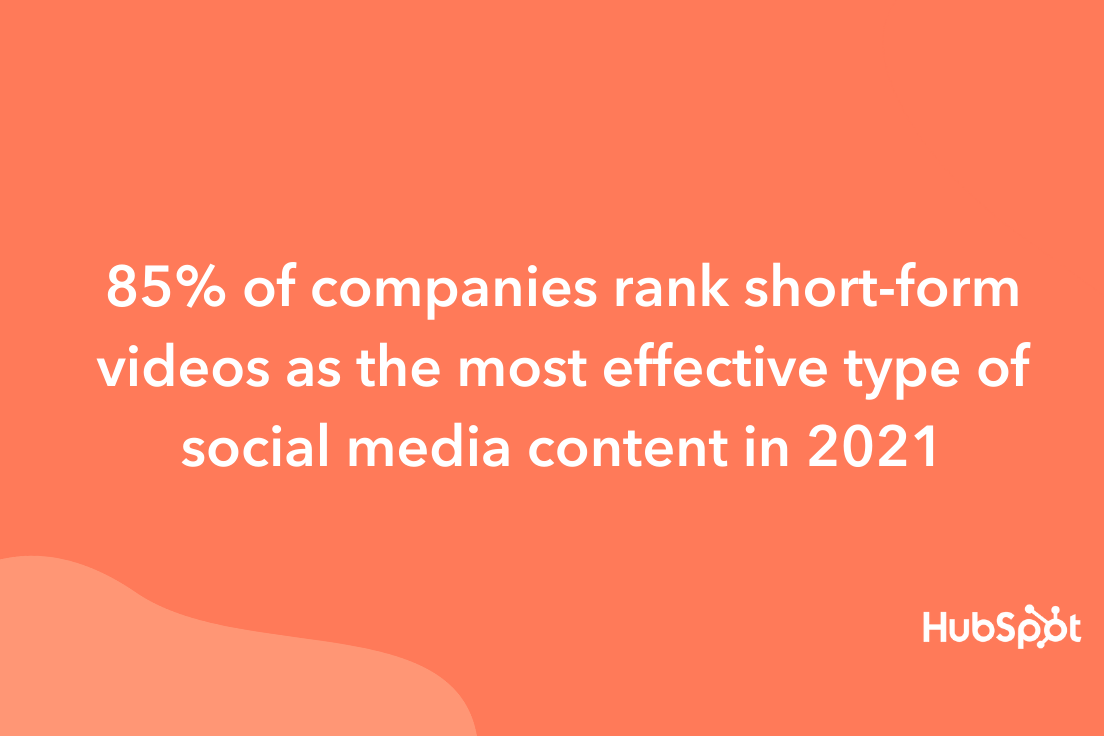
- 64% of marketers plan to invest more in short-form video in 2022. (HubSpot)
- 82% of marketers repurpose content across various social media channels. (HubSpot)
- 83% of marketers believe the quality of social media posts is more important than the quantity. (HubSpot)
- 54% of social browsers use social media to research products. (GlobalWebIndex)
- Each person spends an average of 2 hours and 25 minutes on social networks and messaging. (GlobalWebIndex)
- 1.3 million new users joined social media every day in 2020. (Hootsuite)
- Millennials are logged on to social media for an average of two hours and 38 minutes daily, while Gen Z logs on for two hours and 55 minutes. (World Economic Forum)
Facebook Statistics
- In a 2021 HubSpot Blog poll, 79% of marketers report buying paid advertising on Facebook. (HubSpot)
- According to the same poll, more than 50% of marketers plan on increasing their investments in Facebook, YouTube, and TikTok in 2022. (HubSpot)
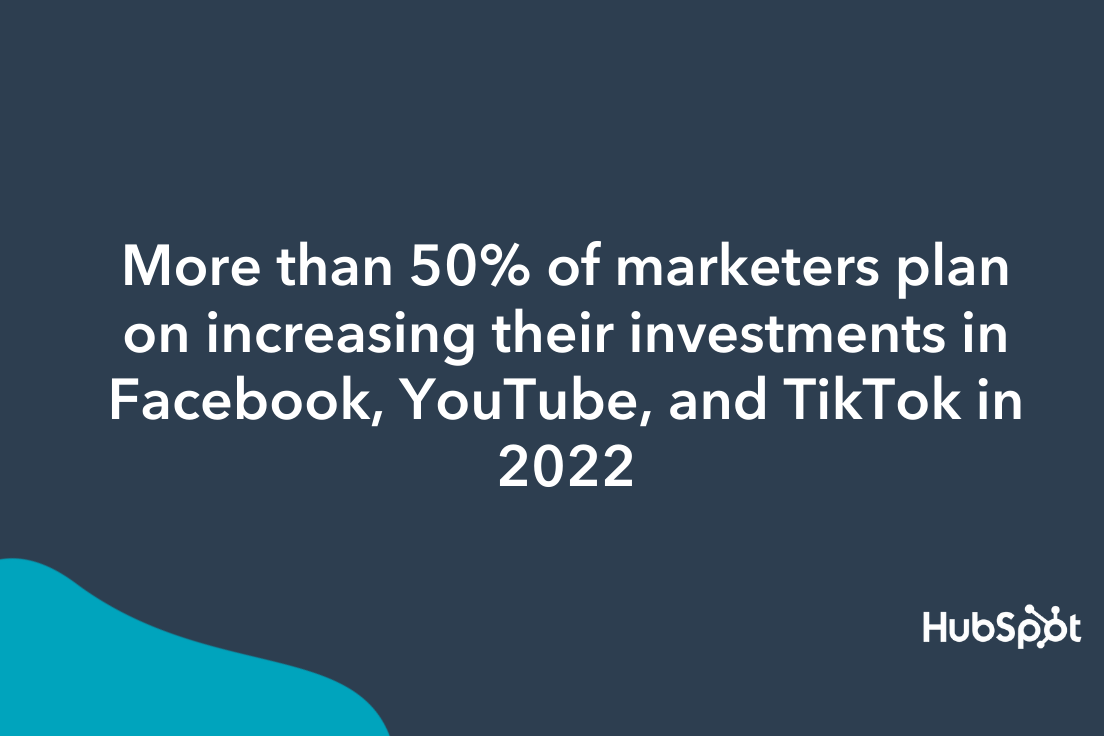
- Facebook usage among teens is dropping gradually. While 71% of teens claimed to use the platform in 2015, the number has now dropped to 67%. (GlobalWebIndex)
- 69% of U.S. adults use Facebook and 76% have visited the platform in the last month. (Pew Research Center, GlobalWebIndex)
- Facebook had 1.93 billion daily active users in Q3 2021. (Statista)
- 98.3% of Facebook users access the platform on mobile devices. (Statista)
- Video ads perform better than other ad formats on Facebook. (DataBox)
- Facebook ads are used by 70% of marketers, and there were 10 million active advertisers on the platform in Q3 2021. (Social Media Examiner , Statista)
- 16% of all Facebook profiles are fake or duplicates. (Statista)
- The best time to post on Facebook is Wednesday at 11 AM and 1-2 PM. Sundays show the least amount of traffic. ( Sprout Social)
- Facebook Stories have 500 million daily viewers. (TechCrunch)
- Political content is the most viewed genre of Facebook Stories. (Statista)
- Video promotions are equally as important as photo promotions. (Social Bakers)
- 81% of businesses prefer video marketing on Facebook. (Buffer)
For more stats related to Facebook, Facebook Stories, and Facebook Ads, check out this detailed list.
Twitter Statistics
-
Twitter reached 211 million daily active users in Q3 2021. (Statista)
-
Twitter’s 2020 Q3 revenue was $936 million. (Twitter)
- In a HubSpot Blog poll of 1,000+ global marketers, 79% of marketers plan to continue investing in Twitter Spaces in 2022. (HubSpot)
-
In 2019, 22% of U.S. adults used Twitter, down from 24% in 2018. (Statista)
- Link clicks account for 92% of all user interaction with tweets. (HubSpot)
-
The best times to post on Twitter are Wednesday and Friday at 9 AM, and Saturday has the least engagement. ( Sprout Social)
-
Tweets with hashtags get 100% more engagement. (Twitter)
-
Socially responsible ads on twitter perform 12% better than standard ads. (Magna)
-
93% of Twitter community members are open to brands getting involved in conversation, such as providing help and support. (Twitter)
For more on Twitter, check out Twitter Marketing in 2020: The Ultimate Guide.
Instagram Statistics
- In a 2021 HubSpot Blog poll, 58% of marketers plan to leverage Instagram Reels in 2022. (HubSpot)
- In late 2019, Instagram Stories had 500 million monthly active users. (Statista)
- 67% of Gen Z and 57% of Millennials use the platform, in comparison to only 38% of Gen X. (GlobalWebIndex)
- 64% of Instagram users are under the age of 34. (Statista)
-
98% of marketers say Instagram is the most influential platform for influencer marketing, which is 44% higher than Facebook. ( Sprout Social)
- Videos get 21.2% more interactions compared to images and 18.6% more interactions compared to carousels. (Sprout Social)
-
90% of people on Instagram follow a business. (Instagram)
-
83% of people use Instagram to discover new products and services and 87% said they took specific action, like making a purchase, after seeing product information. (Facebook for Business)
- In a 2021 HubSpot Blog poll of 1,000+ global marketers, 73% of marketers prefer Instagram for influencer marketing. (HubSpot)
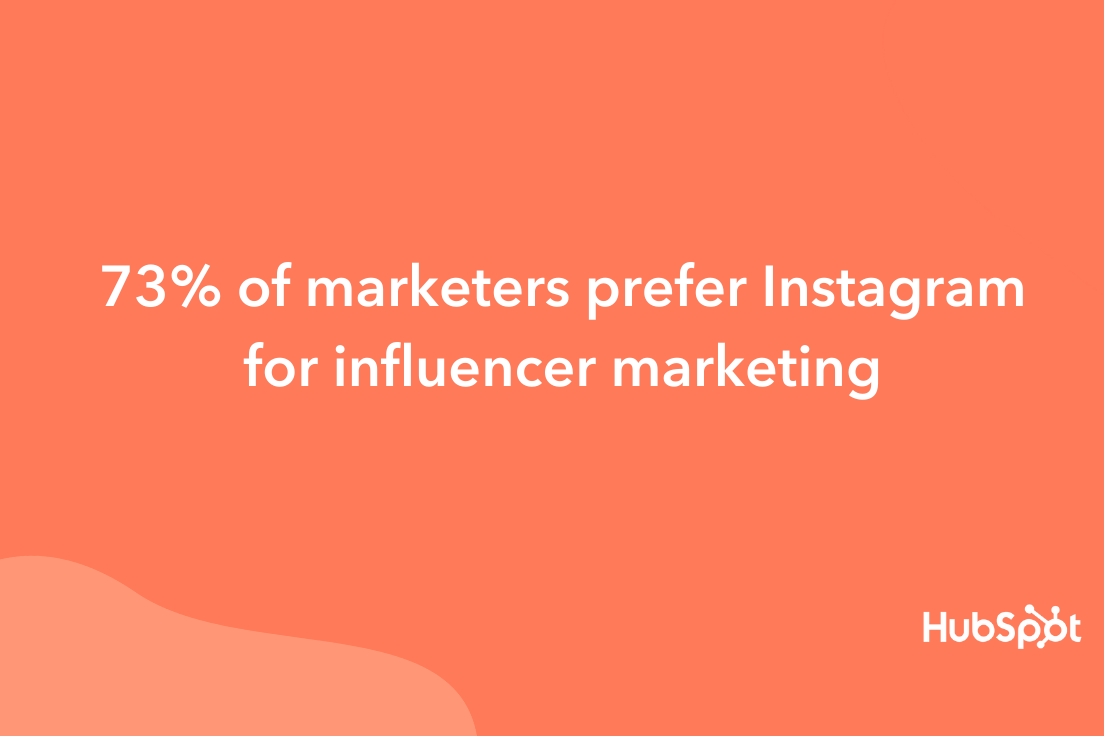
-
The best times to post on Instagram are Wednesday at 11 AM, and Friday between 10-11 AM. Sunday is the worst day for engagement. (Sprout Social)
-
eMarketer estimated that Instagram added 26.9 million users between 2016 and 2020 — almost double the incremental users expected for Twitter, and far more than any other social platform tracked. (eMarketer)
- As of July 2021, 51% of Instagram users were female and 48% were male. (Statista)
For more Instagram stats,
click here.
LinkedIn Statistics
- LinkedIn has more than 800 million active users in 200 countries and regions worldwide. (LinkedIn)
-
As of Q2 2021, 60% of LinkedIn users were between 25 and 34 years old. (Statista)
-
In Q1 of 2021, LinkedIn revenue is up 16% in YoY growth. (LinkedIn)
-
LinkedIn made more than 8.1 billion in revenue in 2020, a 20% increase from 2019. (Business of Apps)
- Marketing Solutions is LinkedIn’s fastest-growing segment. It grew 44 percent year-over-year in Q1 of 2019. (LinkedIn)
-
In 2020, LinkedIn was voted the most trusted network. (Business Insider)
-
LinkedIn is the top paid and organic social channel for B2B businesses. (Content Marketing Institute)
-
82% of B2B markers report finding the greatest success on LinkedIn. (LinkedIn Marketing Solutions )
-
Over 46% of all social media traffic to company websites comes from LinkedIn. (LinkedIn)
-
The best times to post on LinkedIn are 8-10 AM and 12 PM on Wednesdays, and 9 AM and 1-2 PM on Thursdays. Sunday is the worst day for engagement. (Sprout Social)
Want to learn how to up your marketing game on LinkedIn? This post walks you through the ins and outs of using LinkedIn for business.
YouTube Statistics
- YouTube is the second-largest search engine globally. (Alexa)
- YouTube is the second most popular channel for businesses sharing video content. (Buffer)
- The number of YouTube users is projected to reach 2.8 million by 2025. (Statista)
- In a 2021 HubSpot Blog poll of 1,000+ global marketers, 44% of marketers plan to leverage YouTube for the first time in 2022. (HubSpot)
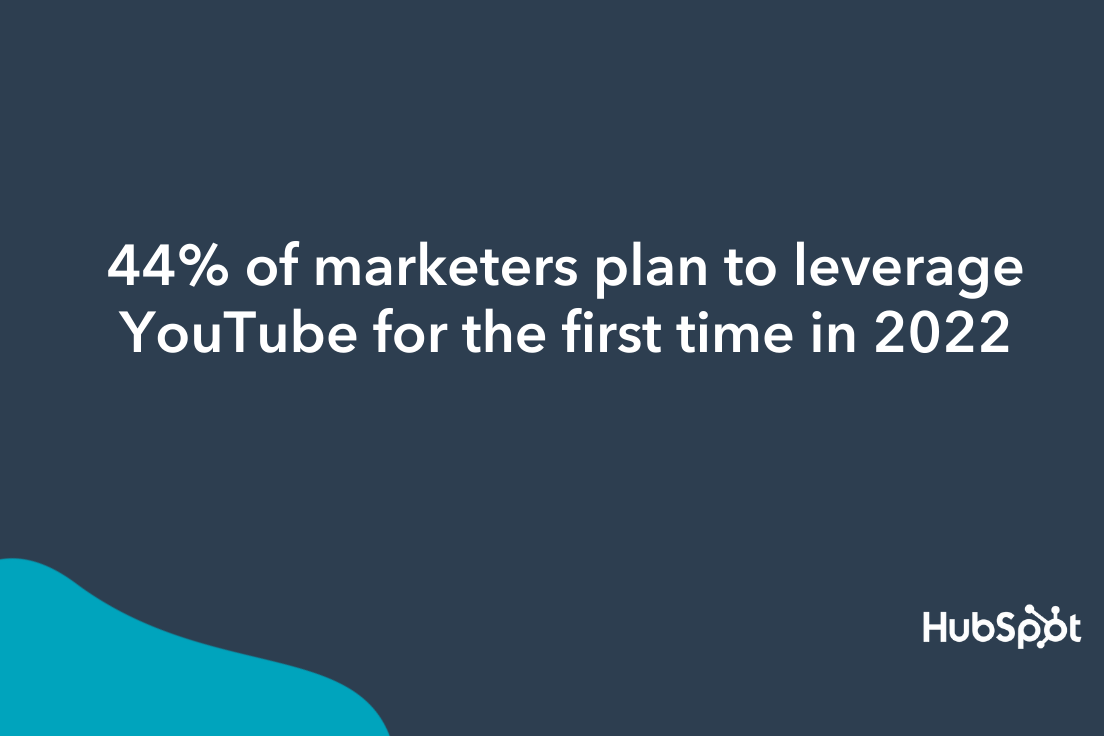
- 54% of all people want marketers to put out more video content, and this is an excellent place to begin. (HubSpot)
-
Q3 of 2020 showed that U.S. men and women use the platform at equal levels. (Satista)
-
On mobile devices alone, YouTube reaches more adults aged 18 to 24 than any TV network. (YouTube)
-
18-to-34-year-olds use YouTube to view video content on TV, 7.9% more often than basic cable, and 14.5% more often than premium cable. (Variety)
-
YouTube accounts for more than 25% of total worldwide mobile traffic. (Sandvine)
-
85% of U.S. teens were active on YouTube in 2019. (Statista)
TikTok Stats
-
As of January 2021, TikTok has 689 million global active users. (DataReportal)
- In a 2021 HubSpot Blog poll of 1,000+ global marketers, 61% of marketers plan to increase their investment in TikTok marketing in 2022. (HubSpot)
- Douyin, TikTok’s original standalone app in China, had 300 million users at the time Musical.ly merged with TikTok. (The Verge)
-
TikTok was the most downloaded app in 2020. (Apptopia)
- In 2020, there were over 106,000 TikTok influencers worldwide, up from 35,000 in 2019. (Statista)
- By February 2019, TikTok hit 1 billion downloads, beating Instagram and Facebook in app stores. (Business Insider)
-
A majority of U.S. TikTok users are between the ages of 10 and 19. (Statista)
-
41% of global TikTok users are between the ages of 16 and 24. (GlobalWebIndex)
-
58.8% of U.S. TikTok users are female. (Statista)
-
TikTok’s average engagement rate is high at all follower levels. (Influencer Marketing Hub)
-
In 2019, U.S. TikTok users spent more time on the app than any other social media site, with an average session duration of 10.85 minutes. (Statista)
For more on TikTok, check out this blog post on its growth and popularity.
Reddit Stats
-
In 2020, Reddit had 52 million daily active users, up 44% YoY. (Reddit)
- As of Q3 2021, the Reddit mobile app was counting more than 13 million daily active users worldwide on iOS. (Statista)
-
The site receives more than 50 billion+ monthly screen views. (Reddit)
-
While Reddit was reportedly sold for $20 million , the company’s valuation grew to 1.8 billion after 2017 funding rounds. (CNBC)
-
Most Reddit users in the U.S. are male, but 15% of U.S. adults say they use the platform. (Statista)
-
Only 8% of female U.S. adults say they used Reddit in 2019. (Statista)
Want to determine if Reddit is right for you? Read this blog post for 27 more Reddit stats.
Social Media Consulting Services
Many businesses hire external social media consulting agencies to manage their voice and reputation online. Alternatively, some businesses create roles in-house for a social media consultant — this is someone who is responsible for increasing brand awareness , responding to customer service complaints across social media platforms, and engaging with your audience online.
Whether you’re considering hiring an external social media consulting service or creating a role in-house, take a look at these trends that demonstrate the importance of social media consulting:
-
Answering a complaint on social media can increase customer advocacy by 25%. (Convince & Convert)
-
79% of consumers expect brands to respond within a day of reaching out over social media, but average brand response rates across all industries is lower than 25%. (Sprout Social)
- 73% of marketers believe that their efforts through social media marketing have been “somewhat effective” or “very effective” for their business. (Buffer)
-
54% of social browsers use social media to research products. (GlobalWebIndex)
-
54% of Gen Z and 49% of Millenials say social media is their preferred channel for ad influence. (Pitney Bowes)
-
79% of people say that user-generated content on social media significantly impacts their purchasing decisions. (Stackla)
Pitching Social Media Consulting Services
All these stats have given you the data you need to work with — now it’s time to put your knowledge to use and create your own social media consulting proposal.
If you’re a social media consultant and you’re pitchinga branding, marketing, or advertising campaign to a client, it’s critical you’re able to show how you’ll help your client grow their business.
Here are six steps you’ll need to take to ensure your social media consulting proposal or business plan is effective:
- Set clear goals. Figure out exactly where your company or client wants to go as far as their business and social media numbers. The clearer and more detailed the vision, the better. Follow SMART Goal guidelines to ensure that you’re on the right track.
- Understand your customers. Know who your target demographics are, because these are the people you’re trying to reach and engage. Gather your own social media statistics and use existing data your company or client might already have to figure out who’s interacting with the business and who might be good future prospects to reach. After you’ve done your research, you can create useful character personas to help you better understand and categorize customers.
- Understand your competition. Those “similar-but-different” companies are going to be out there. And, as with most aspects of the business world, the better you know them, the better you can know how to have a leg up on them. You can conduct this research at the same time you’re researching your customers, because chances are they’re interacting with competitors as well. Once you’ve gathered the data on your competitors, one of the most effective ways to use it is to figure out where there might be voids in their services that your business can fill.
- Be familiar with any existing social media presence. If you’re hired to run a company’s social media accounts, it’s critical you know about any previous social media postings, accounts, and experiments. By understanding what your client has already tried, you’re better equipped to take them where they need to go in the future.
- Don’t forget to pull your data. Before your new implemented strategies go underway, it’s important to collect a baseline of how it was before, so that you have something to measure against in the future. For example, if you take inventory of how many views you’re getting on Instagram Stories before the new strategy is in effect, you can see if the new ideas are improving these numbers or not. It’s important to keep a close eye on what is affecting your growth (positively or negatively) so that you know when you’re on the right track or when you need to try something new so your business can keep growing.
- Develop your strategy based on your findings. Define what your content will be, what platforms it will be distributed on, and how it will vary between platforms. Figure out smaller details at this stage too, like your client’s tone and voice on social media (either what it currently is or what it should be), along with design and style elements. Always be sure you’re staying true to your company or client’s brand by consulting with existing materials like mission statements, guides, or brand books.
Finally, take a look at HubSpot’s free Marketing proposal template (useful for both PDF & Word) to get you started creating a comprehensive social media consulting proposal.
Let Data Drive Your Social Media Strategy
Social media marketing statistics can show you the state of the business world today, where it might be going, and how you can ensure your business is continuously meeting customers where they want to be met. Use these statistics to your advantage to help you understand what you need to do to effectively use social media for your business today.
Editor’s Note: This blog post was originally published in August 2019, but was updated for comprehensiveness and freshness in November 2021.
![]()

![Download Now: Social Media Trends in 2022 [Free Report]](https://i4lead.com/wp-content/uploads/2021/11/3dc1dfd9-2cb4-4498-8c57-19dbb5671820-1.png)
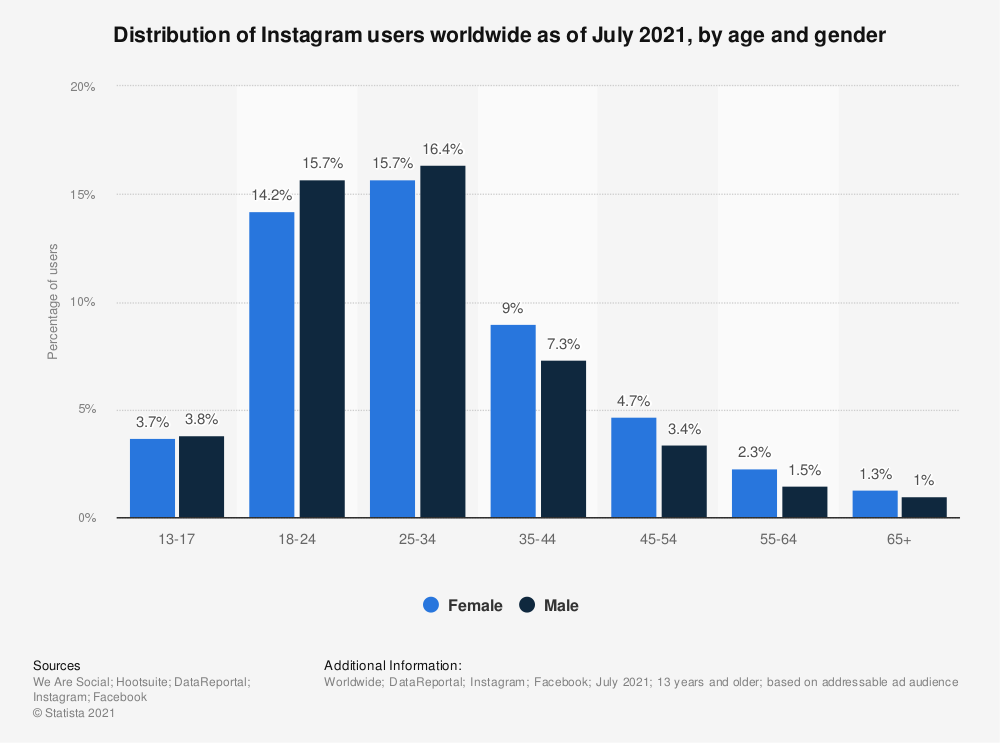
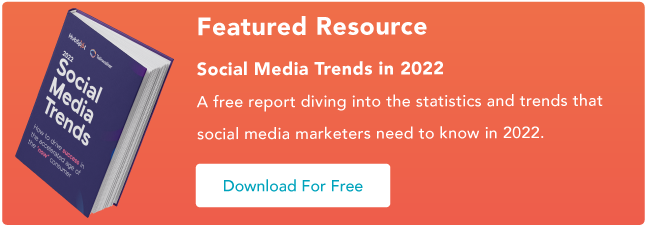
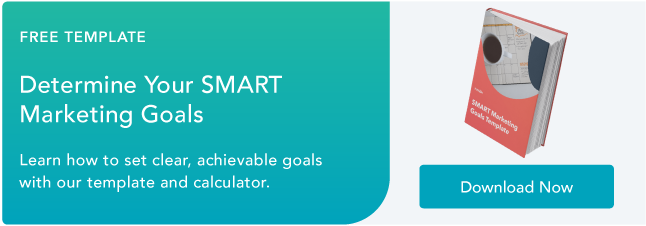
![→ Download Now: 12 Resume Templates [Free Download]](https://i4lead.com/wp-content/uploads/2021/11/4ec95757-585e-40cf-9189-6b3885074e98.png)
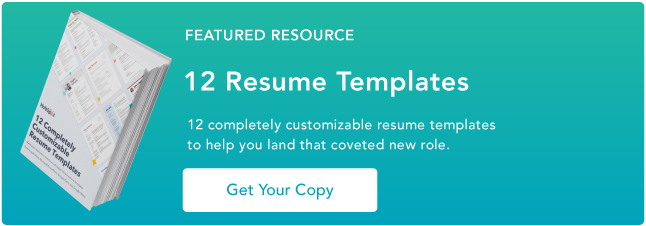
![Access Now: 10 Competitive Analysis Templates [Free Download]](https://i4lead.com/wp-content/uploads/2021/11/b3ec18aa-f4b2-45e9-851f-6d359263e671.png)



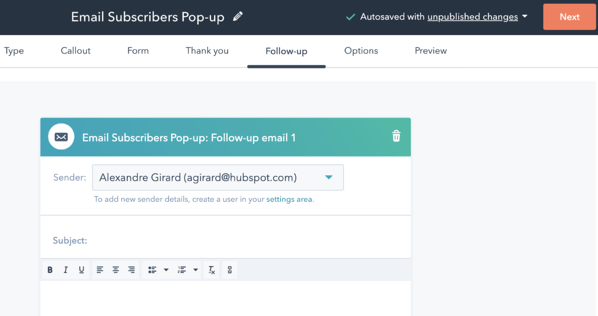
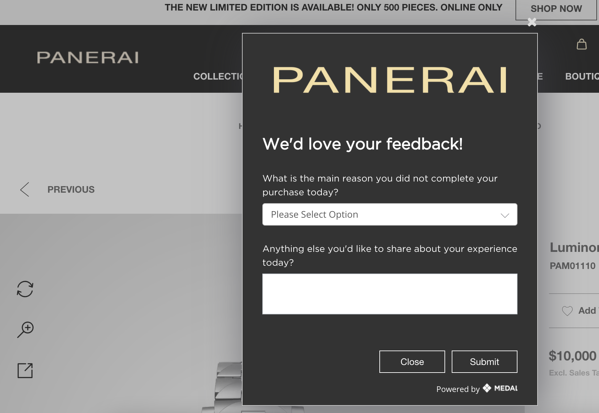
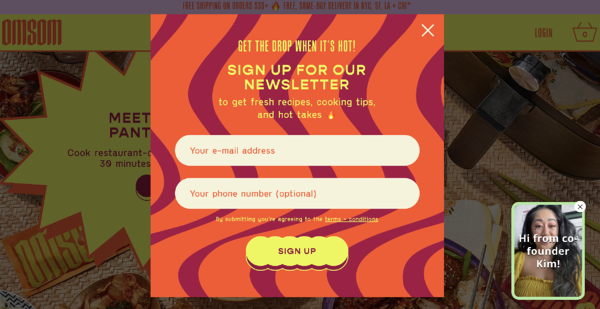
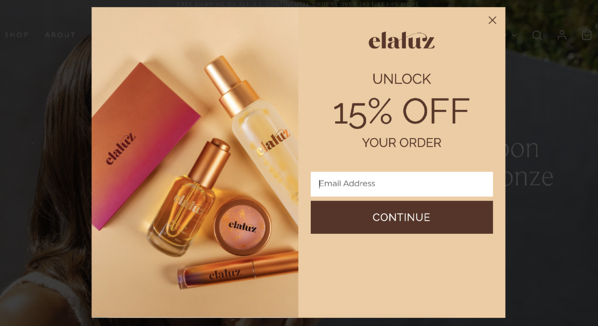
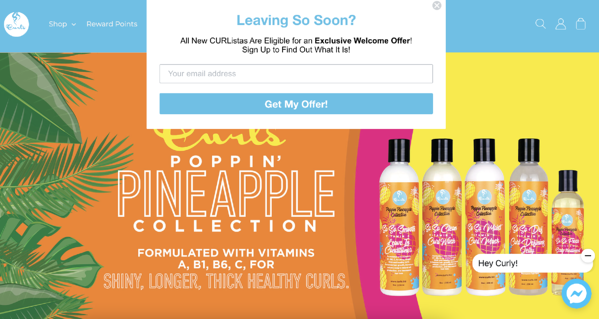

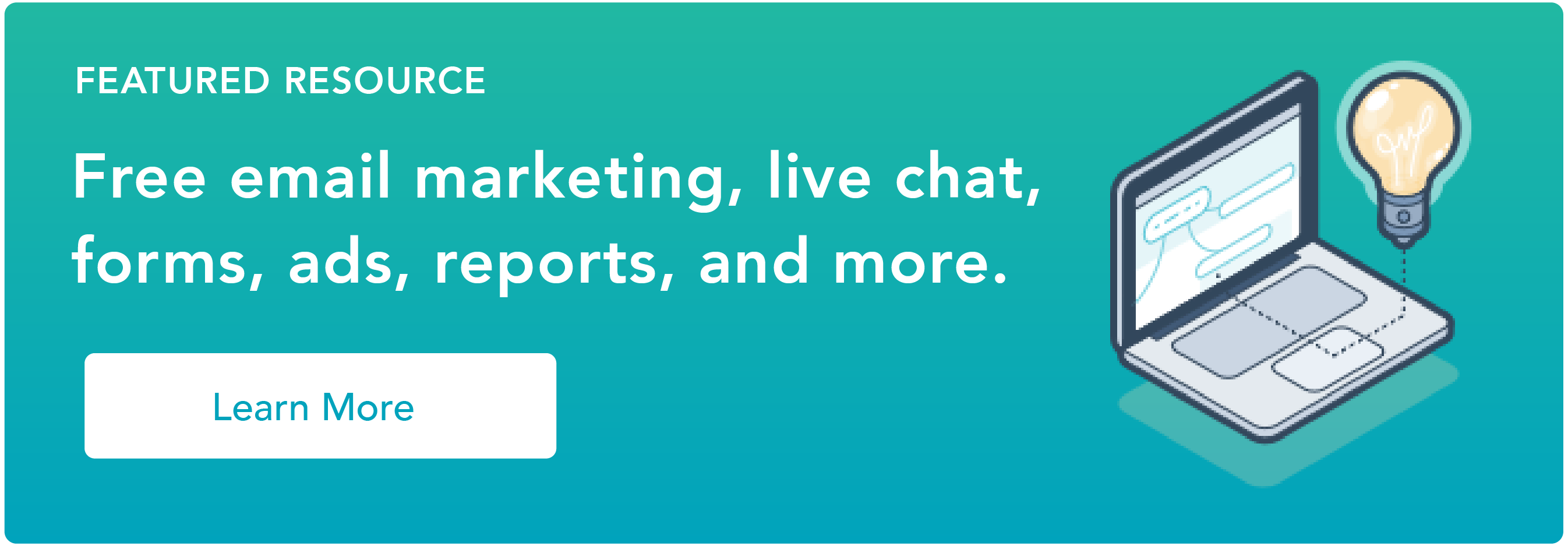

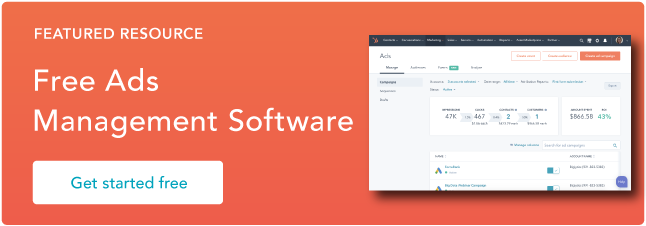

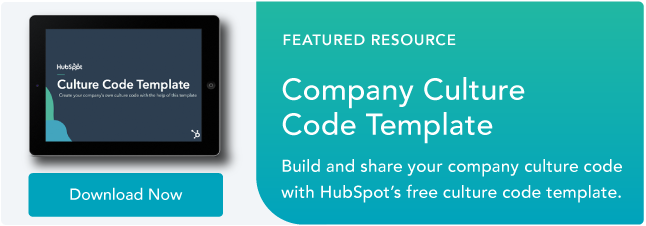

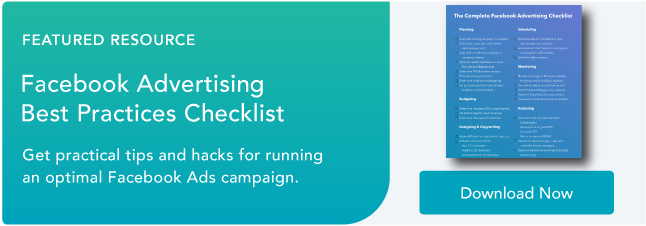

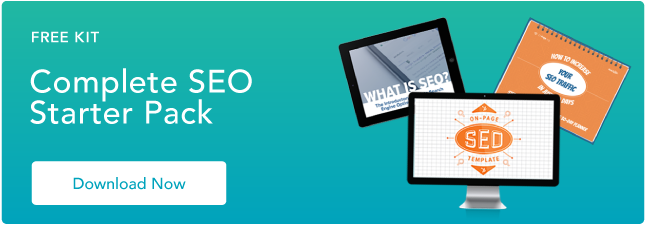

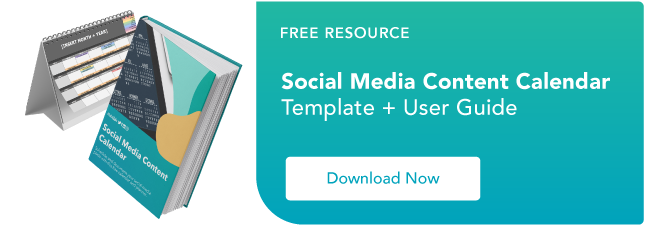
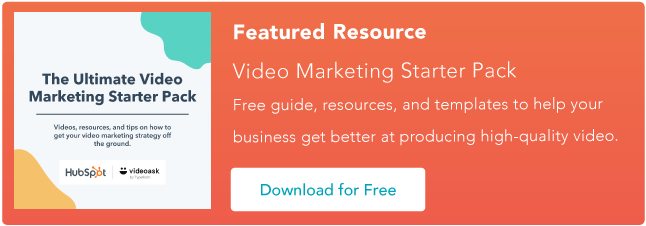

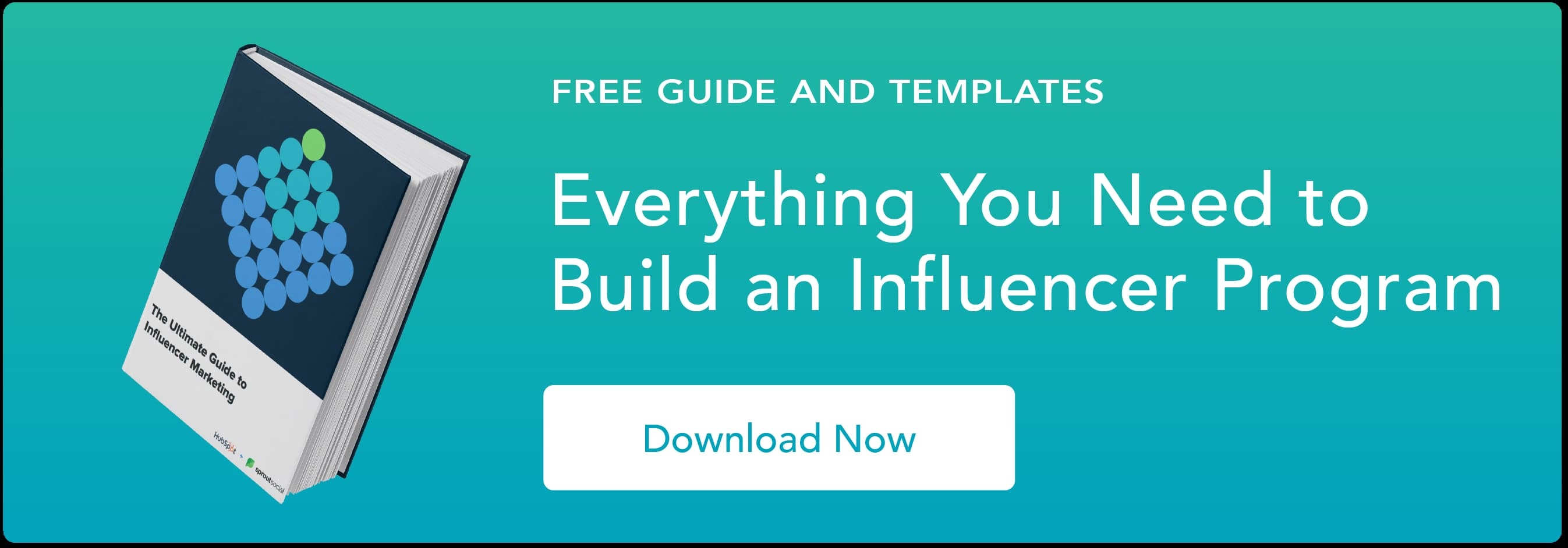

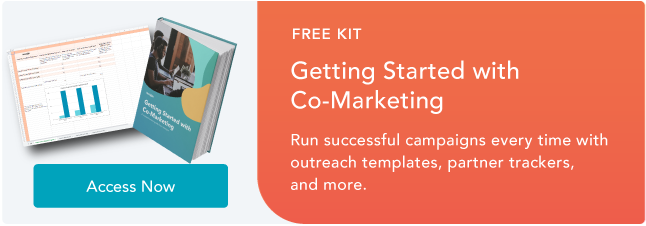
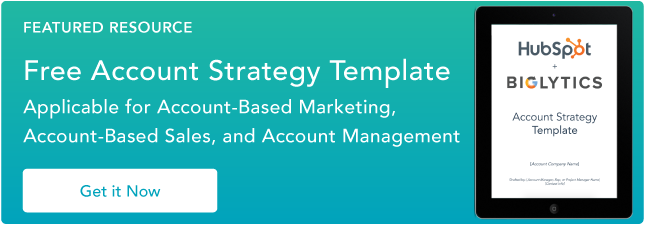
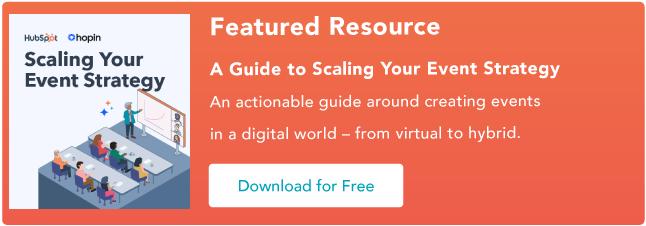

![→ Download Now: The Beginner's Guide to Email Marketing [Free Ebook]](https://i4lead.com/wp-content/uploads/2021/11/53e8428a-29a5-4225-a6ea-bca8ef991c19.png)
-1.jpeg?width=624&height=312&name=Why Buying Email Lists Is Always a Bad Idea (And How to Build Yours for Free)-1.jpeg)
